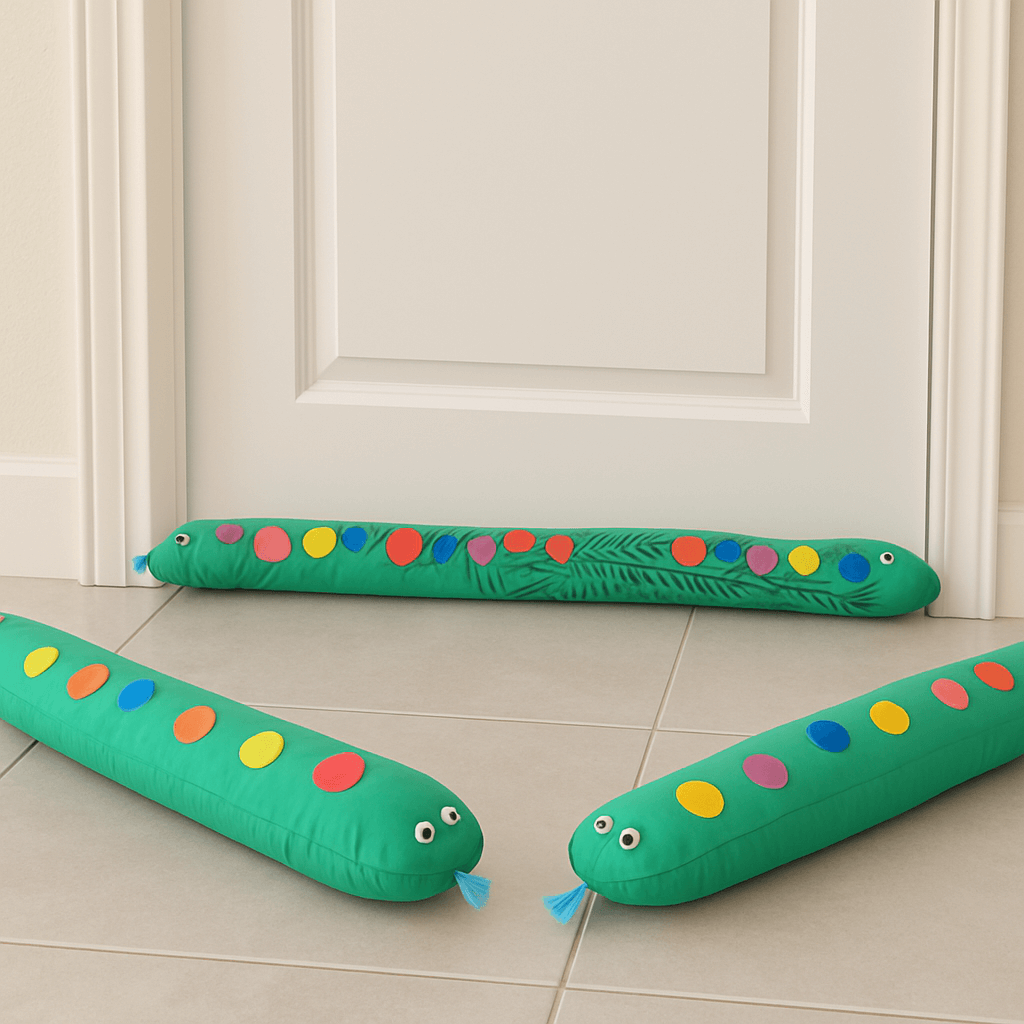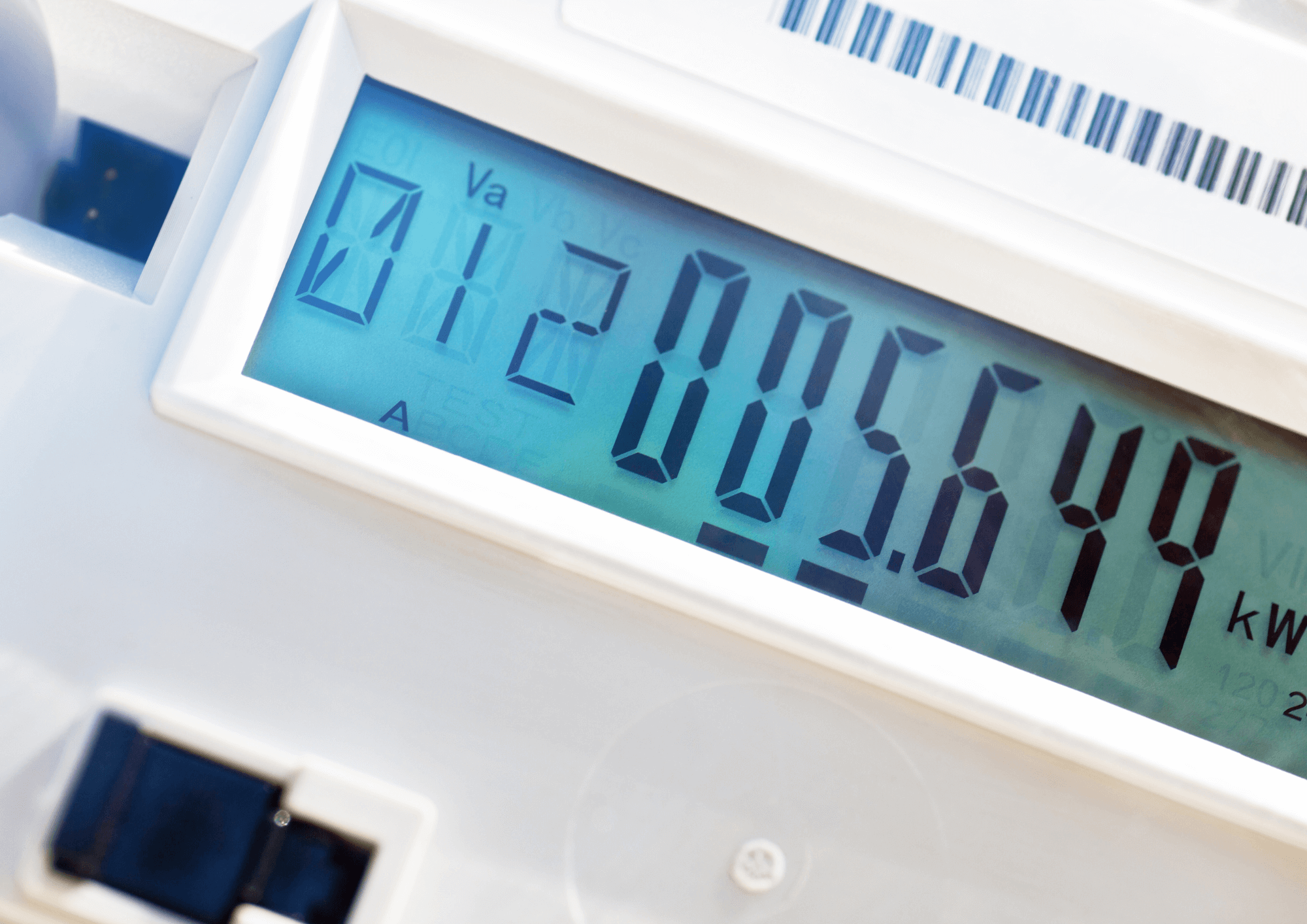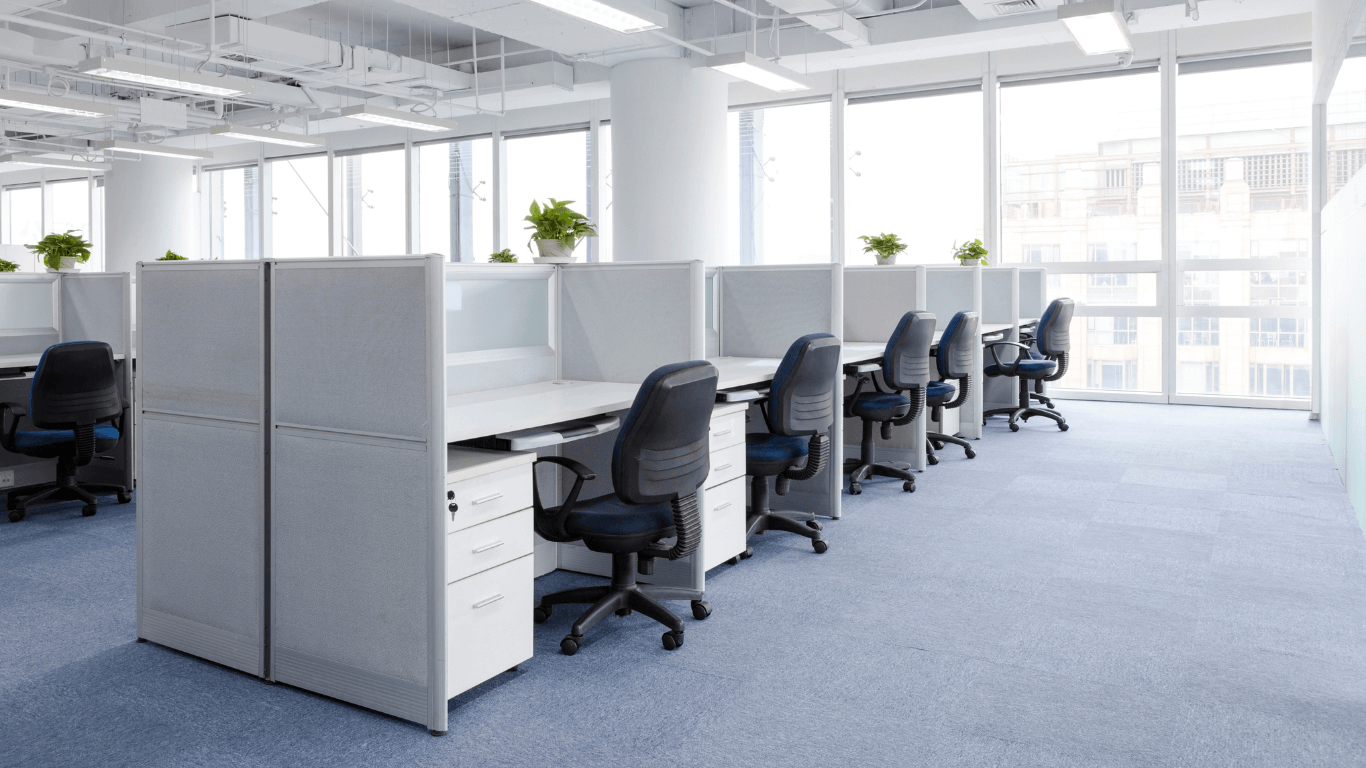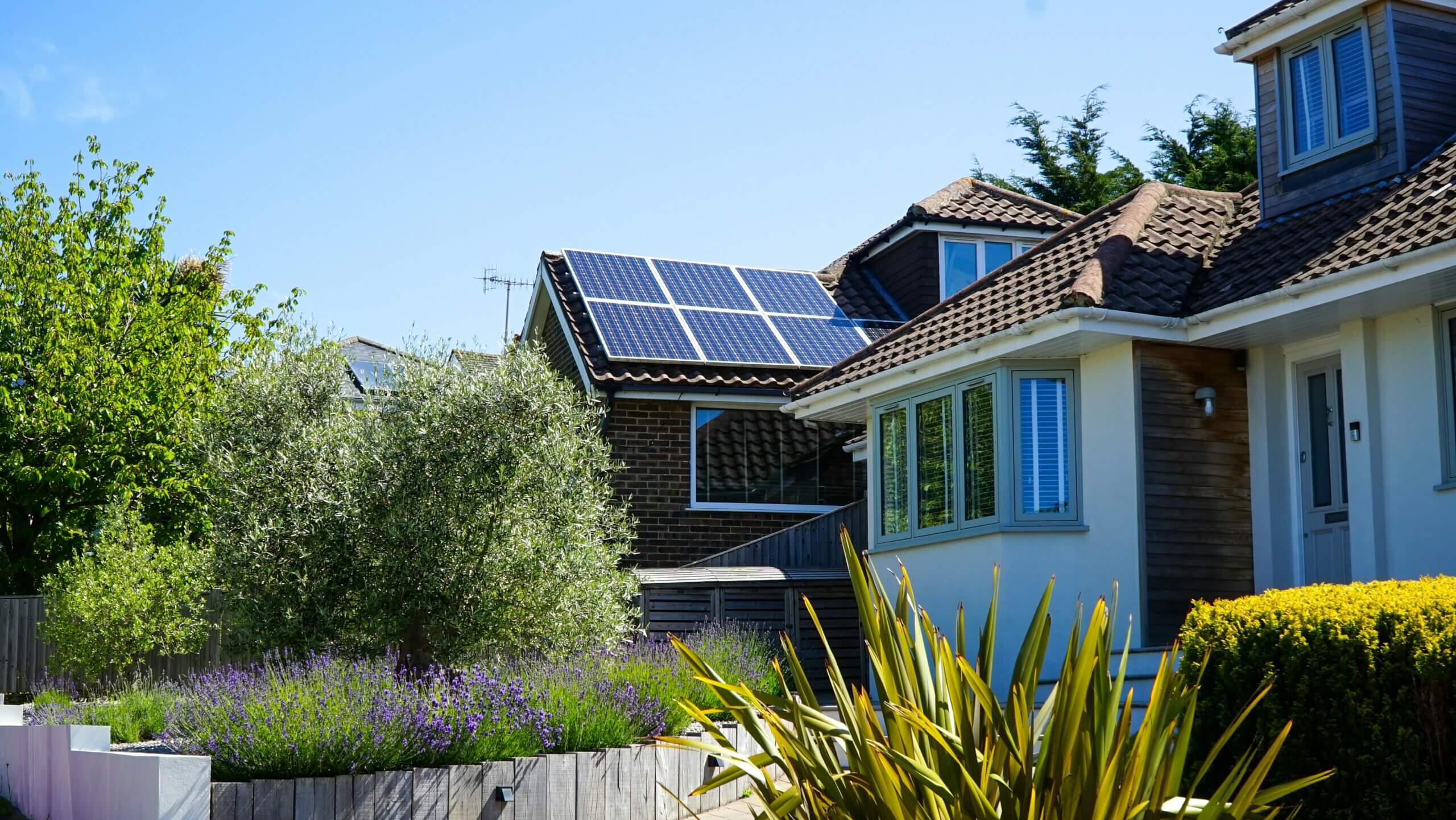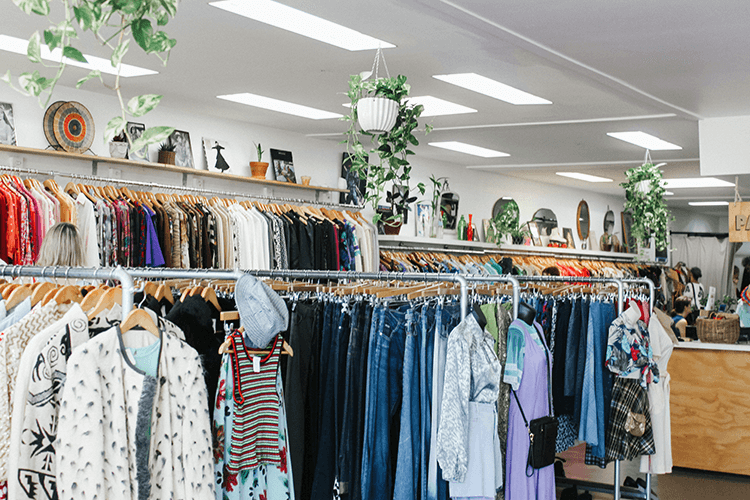REDUCE EMISSIONS, SAVE ENERGY, SAVE ON BILLS
A cost-saving, sustainable living guide to 2024
The start of a new year is often a time of reflection and transformation. Whether it’s working on your New Year’s resolutions, ‘ins and outs’ for the year, or a different mentality that you quietly tell yourself, we often put pressure on to be the best versions of ourselves come the New Year.
And with increasing cost-of-living pressures and damaging pressures on our environment and climate, it’s hard not to think about how you can do that while saving money and being more sustainable. The good news? There are many lifestyle actions that are friendly for the planet and your budget!
To give you inspiration, we’ve compiled our top ten tips for living a sustainable and cost-saving 2024. This can be used as a guide to help you reflect on different actions and decisions you can make in your own life. And if you’re worried about how to make your actions long-lasting, read our tips for making sustainable resolutions that stick.
Plate up for the planet
Eat less meat
In Australia, we love meat! Australians are the second-biggest meat eaters in the world (after the US), consuming more than 120kg per year on average.
But as hard as it is to say no to a classic Aussie BBQ, meat production is significantly responsible for global impacts on climate change, the clearing of nature, and the destruction of biodiversity. While it is certainly more sustainable, you don’t have to go 100% vegan to reduce your impact on the planet. Consuming less meat can still significantly reduce your impact on the environment and climate. This is particularly the case for red meat.
For instance, one kilogram of beef creates 10x the greenhouse gas emissions than one kilogram of chicken. So next time you’re choosing between beef or chicken, picking poultry can be a much more climate-friendly option than you may realise.
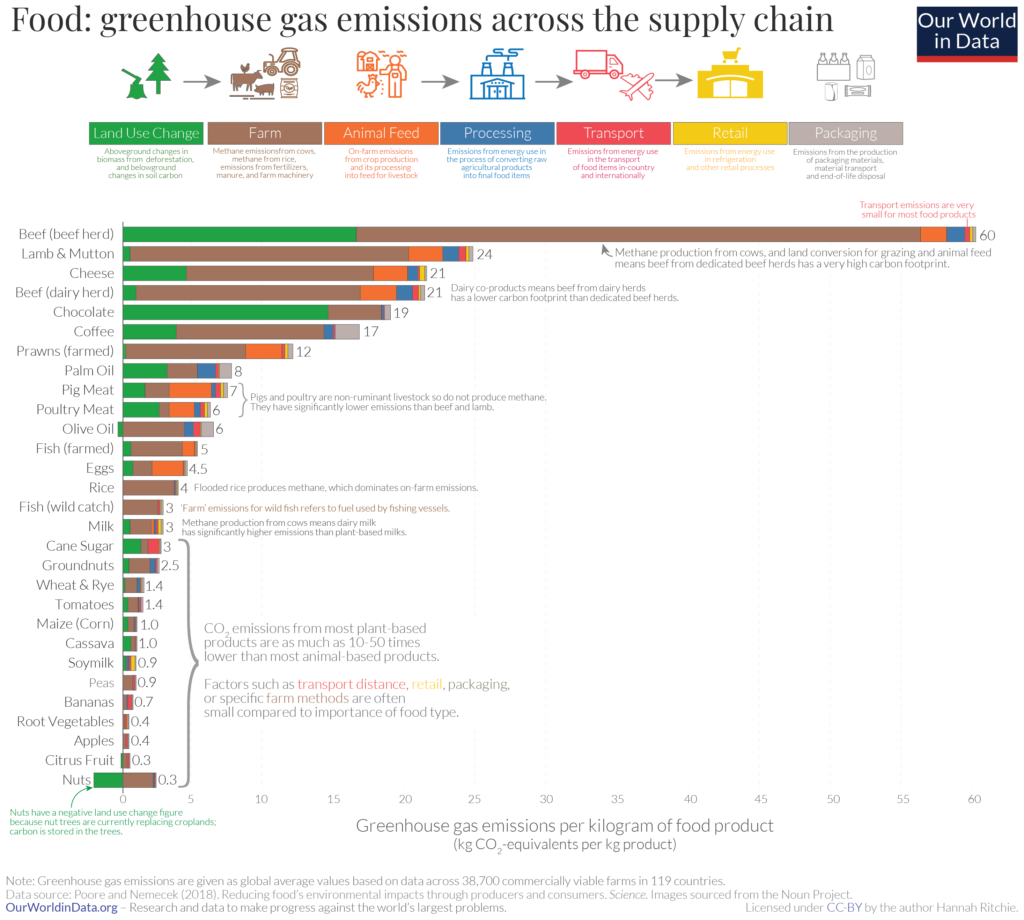
A recent global study found that in high-income countries like Australia, vegan diets can reduce food costs by up to one-third, and low-meat diets cost 14% less. So less meat = more savings!
Reduce food waste
Globally, one-third of all food produced is wasted. And when food sits in landfill it releases so much greenhouse gas emissions that if it were a country, it would be the third-highest emitter globally.
But it’s not only food that’s getting wasted, it’s estimated Australian households are spending $2000 to $2500 a year on food that they will never consume. So, finding ways to reduce food waste is a fantastic way to help your budget.
Sign up for Brisbane City Council’s Save Money, Save Food challenge and for three weeks you’ll receive regular tips, recipes and advice to help you use up all your food waste and save on bills. If you want an easy way to learn quick and delicious cooking tips, download the Saveful App.
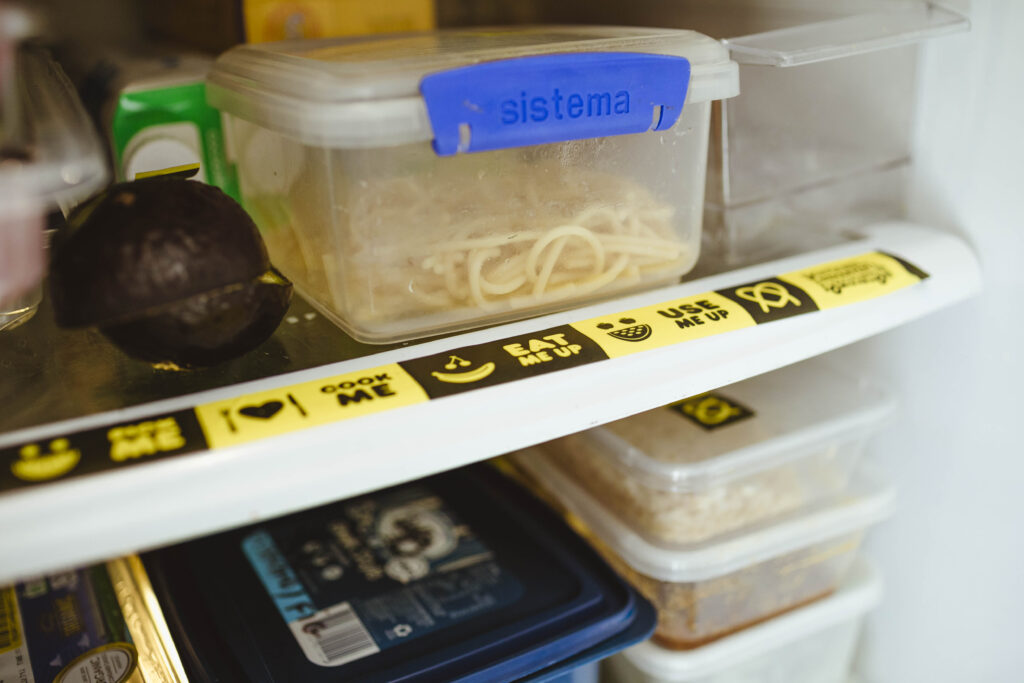
Compost what’s left
Once you’ve tried to reduce all your food waste, composting what’s left is a fantastic way to reduce the amount of waste you’re sending to landfill and minimise your household emissions. Plus, you’ll be using natural processes to create nutrient-rich soil or ‘worm tea’ that will enhance your gardens for healthy, lush growth.
Even if you’re saving on soil and fertiliser costs, you’re probably thinking you’ll still have to fork out the big bucks to buy a compost bin or worm farm upfront. Think again! Brisbane City Council has recently raised their compost rebate to $100, so now you can get your compost on and it’s Council’s shout!
Drive down the costs
Swap out car trips
Approximately 48% of the average Brisbane household’s emissions come from transport behaviours. And while it may be difficult to ditch the car altogether, swapping out a couple of regular, short car trips (like to the shops, the gym, school or the train station) with active travel is a great way to lower your emissions.
With 2023 boasting the highest fuel prices on record, embracing walking, cycling or e-mobility is a great way to save on fuel costs and stay fit and healthy. Plus, it’s healthy to gift yourself some ‘me time’ in our busy lives.
Start eco-driving
For those trips that are too long or inconvenient for active travel, eco-driving can still help reduce your emissions and bills. Eco-driving techniques are simple changes to how you drive and maintain your car which can improve fuel efficiency.
Adopting eco-driving techniques such as having properly pumped up tyres, not over-accelerating, not idling at red lights and quickly shifting through gears can help drivers use 15% less fuel and save $400 per year at the petrol station.
Take this short RACQ course to learn more about eco-driving. Or if you’re all about letting the machines do the work, many newer cars have ‘eco’ settings that improve the vehicle’s fuel efficiency.
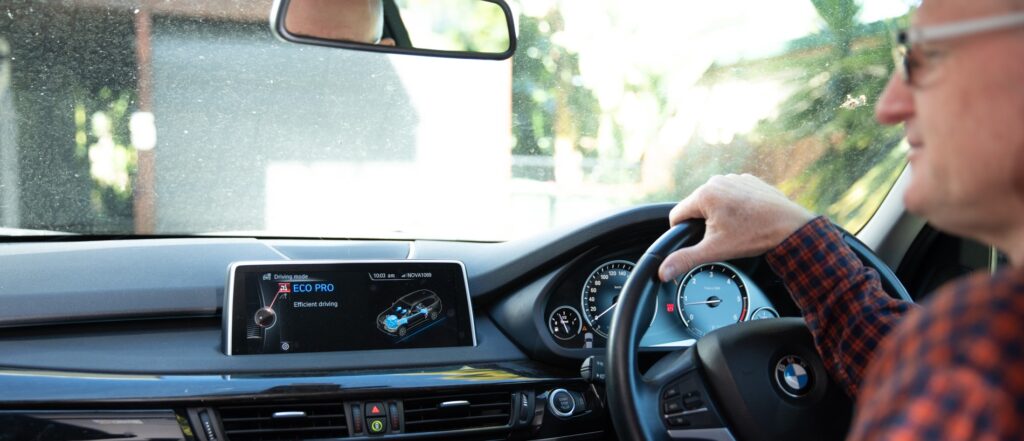
Buy nothing new
Repair and maintain
Keeping your items functioning for as long as possible is a great way to avoid having to spend the big bucks to replace them. For items such as furniture, electronics, appliances and clothing, regular and correct cleaning and maintenance can help stretch their utility for years to come.
If you have items that are broken, did you know you can get them repaired for free? Repair cafés are a wonderful network of volunteers popping up all over Brisbane to help repair household items while teaching some useful repair skills along the way. Learn more about repair cafés and find your local.
Sharing is caring
Another way to avoid buying anything new is to avoid buying anything to begin with! Particularly for rarely used items (mini pie-maker anyone?), it’s cheaper and more sustainable to borrow from friends or family or share your own belongings within your community.
In Brisbane, we’re lucky to have the amazing Brisbane Tool Library, a service where residents can pay for a membership and borrow a large variety of valuable household items. This includes toys, power tools, camping, skiing or gardening equipment and much more.
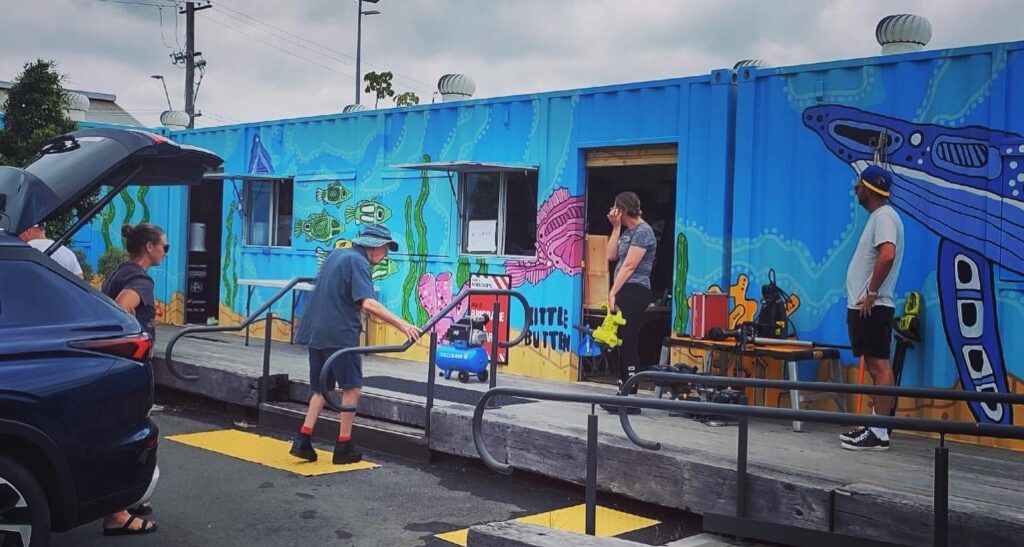
Get thrifty
When you’re done maintaining, repairing, borrowing or sharing and still need to go shopping, shop second-hand first. Every year, the average Australian buys a staggering 27 kilograms of clothing and also throws out 23 kilograms. This fast-moving consumption and wastage of clothing clogs up our landfills, leaks chemical pollution into our environment and, in the case of organic fibres, releases dangerous greenhouse gases into the atmosphere.
Not only are second-hand items generally much cheaper than buying new, but you can also make an income by taking part in the resale economy. Platforms such as Depop and Facebook Marketplace make it easier for households to resell their unused items to other households for some extra cash. One thrifter’s trash is another’s treasure!
The power is in your hands
Soak up the sun
If you’re able to do so, installing rooftop solar panels will convert the sun’s renewable energy into electricity with no associated emissions. This means that during the day your home can run on electricity with no ongoing costs for significantly reduced energy bills. In fact, the cost-savings on your energy bills will pay for the upfront cost of installing solar within 3 to 5 years.
If you’re not sure where to start, SunSPOT is a not-for-profit that has built a calculator to help households considering solar to understand what system size they would require and the expected cost and ongoing savings.
Use less energy for more savings
If solar isn’t for you, there are many low-cost or no-cost actions you can do around the home that will help reduce your energy consumption and its associated emissions. Using fans, covering your windows, draught-proofing your home and dressing appropriately can all help reduce your reliance on heating and cooling systems throughout the year.
And on those days where you can’t resist the air conditioning, try to keep it around 24 in summer and 20 degrees in winter. Also, remember to turn lights and appliances off at the wall when not in use, or use smart timers and switches to help you set and forget.
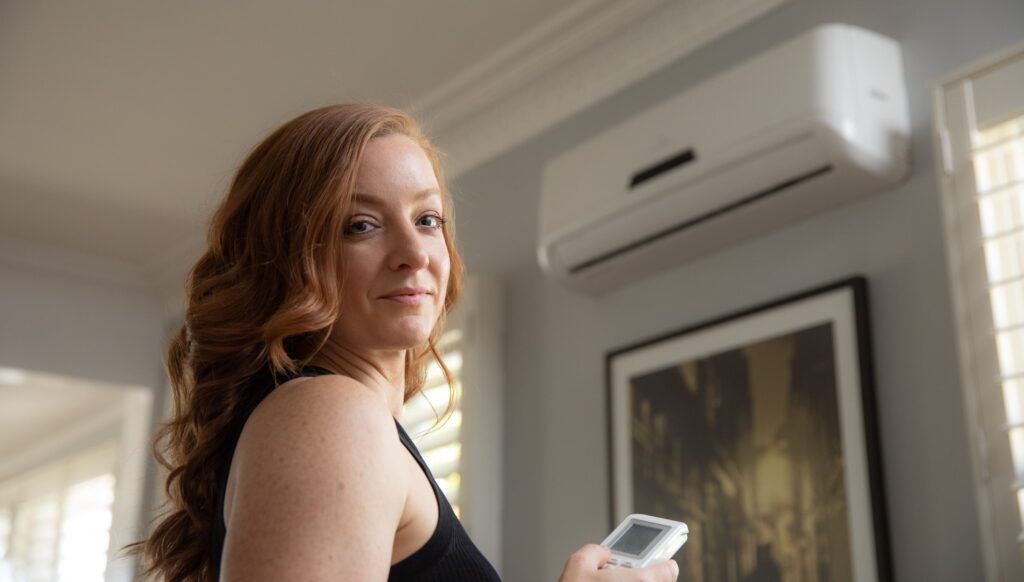
Build your personalised sustainable action plan
If you’re still not sure where to start, take the Brisbane Carbon Challenge! This Brisbane City Council initiative will calculate your household emissions and then help you build a personalised low-carbon action plan based on your lifestyle and household circumstances. Once you’ve done the actions on your plan, re-take the calculator to see the emissions you’ve saved! It’s a fun way to track your progress as you tackle your sustainable and cost-saving 2024.
The author

Sam Mullen
Sam is a sustainability specialist at Brisbane Sustainability Agency and enjoys helping residents and community groups understand and reduce their climate impact while also promoting a circular economy.

